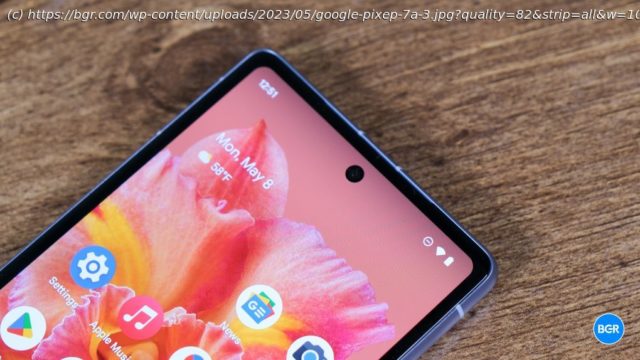A new Google patent describes under-display camera tech that might be used in future Pixel phones – here’s why that’s exciting.
The iPhone 15 series will get us even closer to the dream of an all-screen phone by shrinking the bezels even further thanks to a new OLED panel. Only the Pro models will get the smaller bezels, and they’ll still feature the Dynamic Island at the top. But Apple is getting closer to placing the selfie camera under the screen for a perfect all-screen phone design.
Unsurprisingly, Google is also working on this technology, and we might see Pixel phones with under-display cameras in the near future. And while I’m unlikely to switch from an iPhone to a Pixel phone anytime soon, I’m excited about Google pursuing this upgrade.
The problem with under-display cameras
When Apple and Google deliver their under-screen camera tech, they won’t be the first to have done so. ZTE did it with a traditional phone years ago. Then Samsung put an Under Display Camera (UDC) on the Galaxy Z Fold. Also, other vendors have been researching the technology for years.
The problem with under-display cameras is that we need additional tech innovations for them to go mainstream. There’s a reason Samsung doesn’t use UDC selfie cams for its Galaxy S series. On the Fold, the UDC selfie cam is a backup. You have two other ways to shoot selfies, so you don’t have to worry about camera quality.
Placing the camera under several layers of materials will impact the picture quality. It’s not just the glass covering the lens but also the OLED screen, which has to be transparent.Apple is already working on perfect iPhones
But you don’t get perfect transparency since that OLED screen section covering the camera has to work as a display. You need algorithms on top of the camera’s capabilities to develop decent selfie photos. And the selfie is a massive part of our smartphone experience.
Under panel Face ID is now expected to be pushed at least a year to 2025 or later due to sensor issues.






